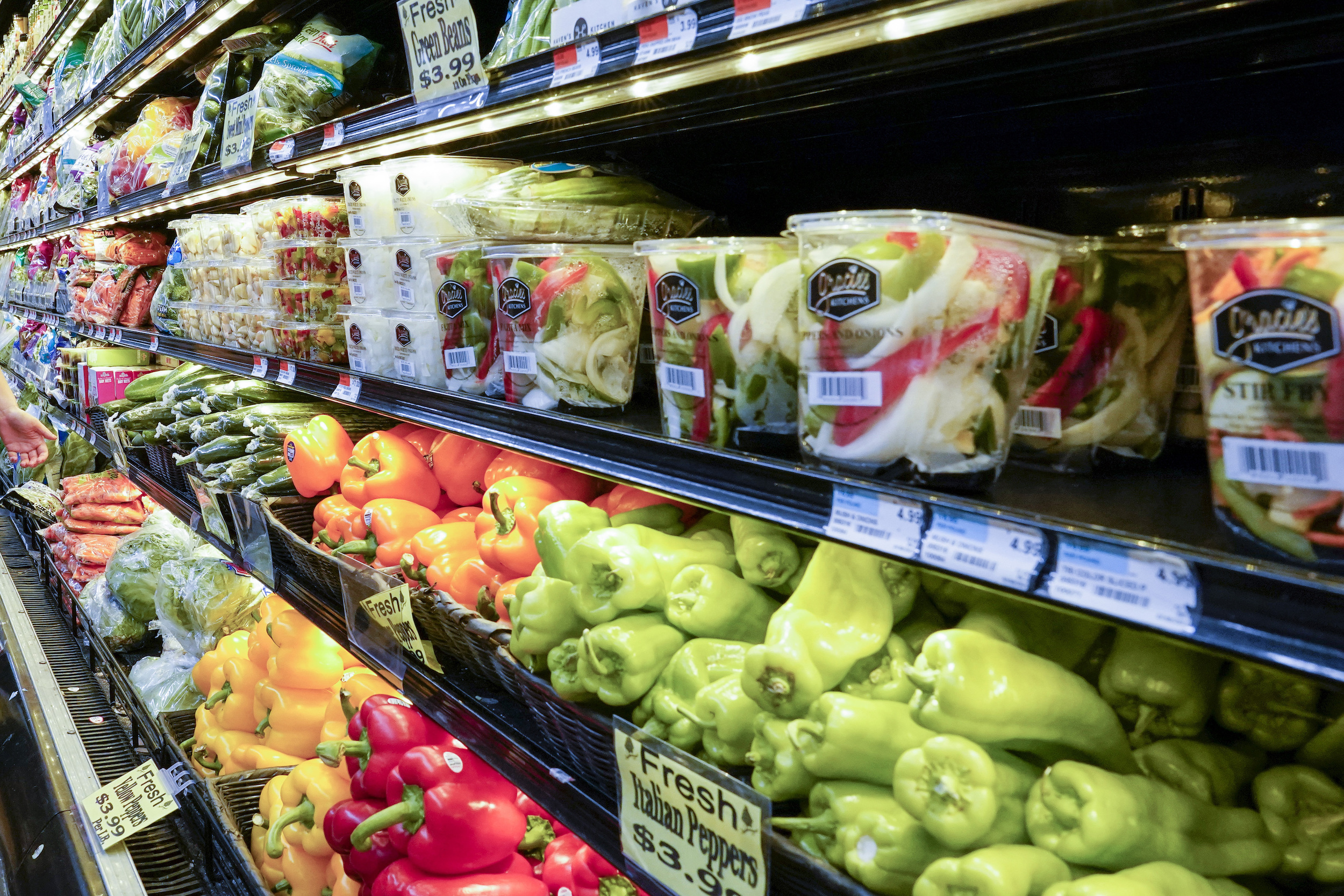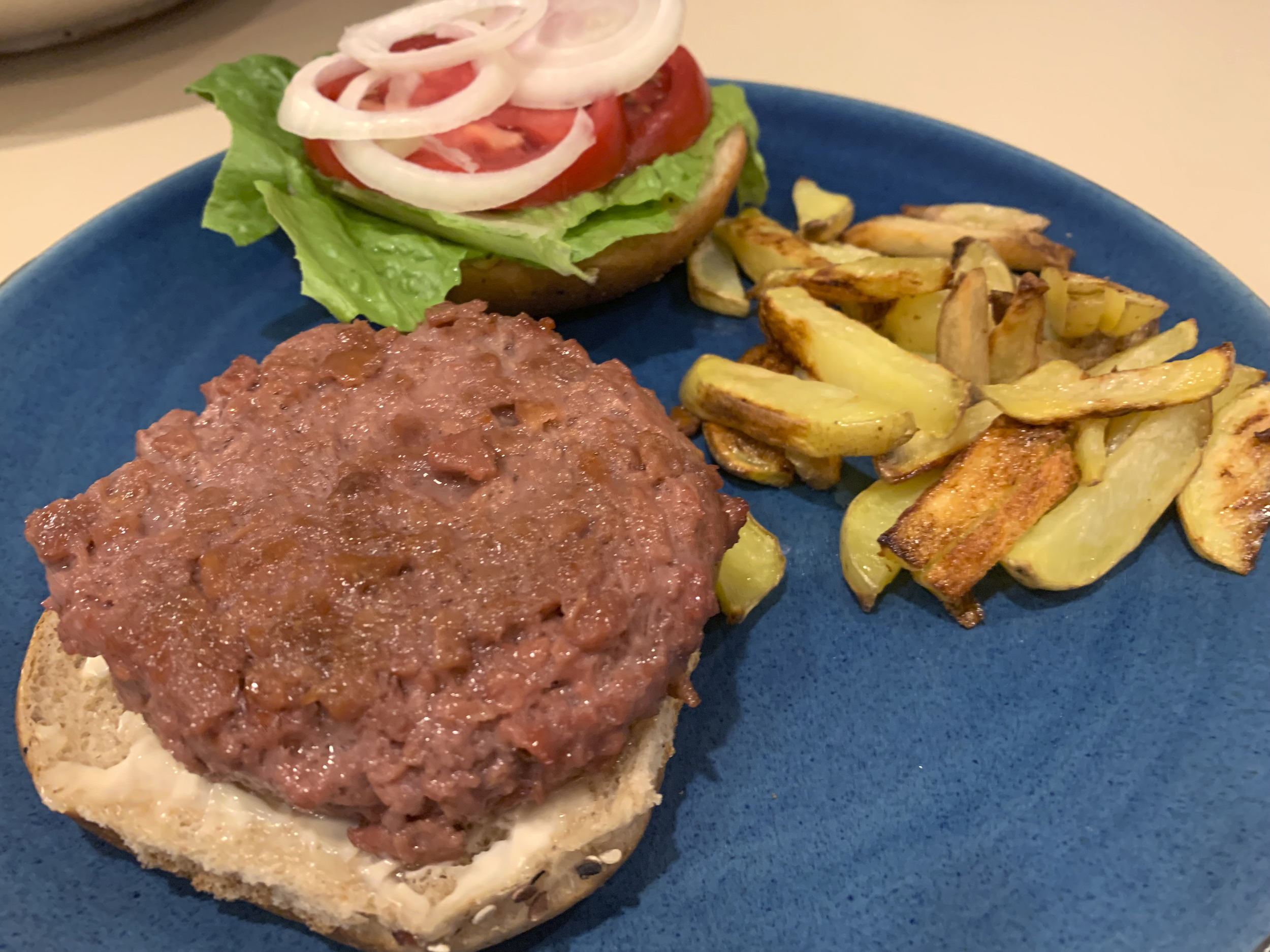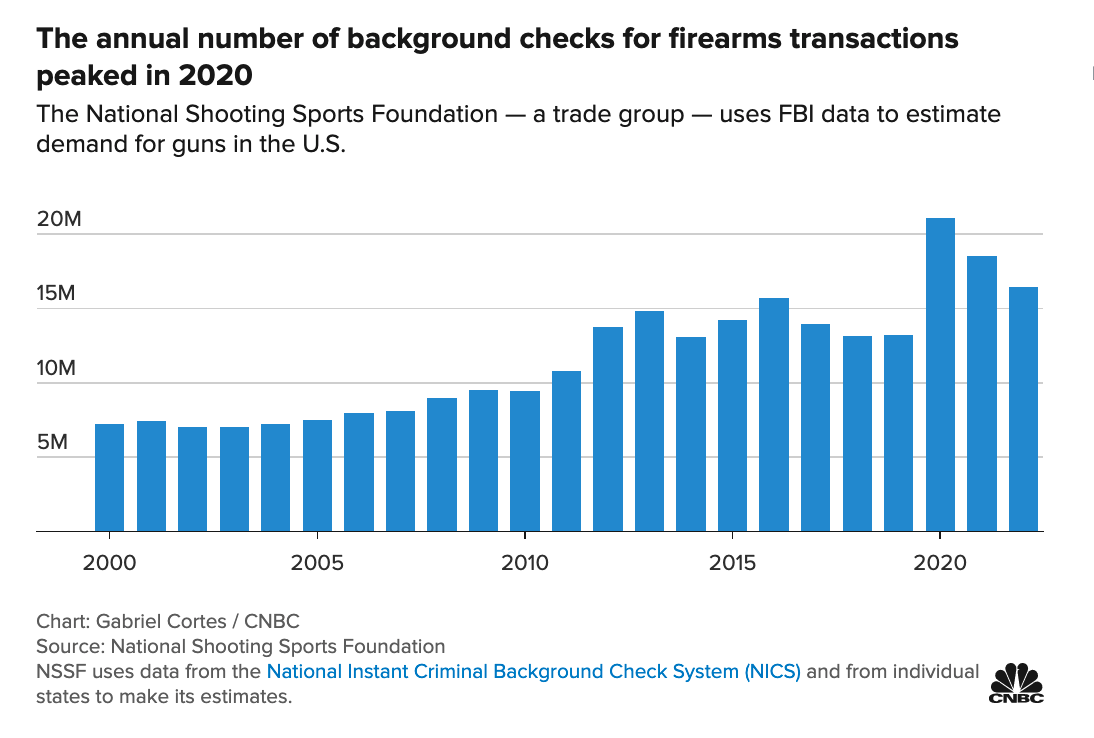
The Morning Meeting with Al Tompkins is a daily Poynter briefing of story ideas worth considering and other timely context for journalists, written by senior faculty Al Tompkins. Sign up here to have it delivered to your inbox every weekday morning.
Johnson & Johnson has stopped a significant drug trial on a vaccine that researchers hoped would prevent HIV. Read more about the vaccine here.
The National Institute of Allergy and Infectious Diseases announced:
The HPX3002/HVTN 706, or “Mosaico,” Phase 3 clinical trial began in 2019 and involved 3,900 volunteers ages 18 to 60 years in Europe, North America and South America. Based on the DSMB’s recommendation, the study will be discontinued. Participants are being notified of the findings, and further analyses of the study data are planned.
Johnson & Johnson said in a statement:
“We are disappointed with this outcome and stand in solidarity with the people and communities vulnerable to and affected by HIV,” said Penny Heaton, M.D., Global Therapeutic Area Head, Vaccines, Janssen Research & Development, LLC. “Though there have been significant advances in prevention since the beginning of the global epidemic, 1.5 million people acquired HIV in 2021 alone, underscoring the high unmet need for new options and why we have long worked to tackle this global health challenge. We remain steadfast in our commitment to advancing innovation in HIV, and we hope the data from Mosaico will provide insights for future efforts to develop a safe and effective vaccine. We are grateful to our Mosaico partners and the study investigators, staff and participants.”
The New York Times reports that this setback is significant, but all hope for an HIV vaccine is not lost. Other potential vaccines are in the works. But this failure points out how difficult the task of developing such a vaccine is proving to be:
Dozens of H.I.V. vaccine candidates have been tested and discarded over the past few decades. The latest defeat sets progress toward a vaccine back by three to five years, experts said. Still, other options in early-stage trials may yet turn out to provide a powerful bulwark against H.I.V.
The news is “disappointing, but it isn’t the end of the effort toward developing a vaccine,” Dr. Anthony S. Fauci, who led the National Institute of Allergy and Infectious Diseases until December, said in an interview. “There are other strategic approaches.”
An ongoing study called PrEPVacc in Eastern and Southern Africa is evaluating a combination of experimental H.I.V. vaccines and preventive drugs. Scientists have made headway in developing powerful antibodies that can neutralize the virus. And they are testing new vaccine technologies, including mRNA, against H.I.V.
USDA gets serious about organic food labeling

Vegetables are displayed in a produce section at a supermarket in New York, Monday, May 17, 2021. (AP Photo/Mary Altaffer, File)
The first U.S. Department of Agriculture guidelines regulating what manufacturers can label as “organic” were published in 1990. The USDA says it is time for an update to stop fraudsters from using ingredients that the guidelines do not allow.
The old rules already dictated animal raising practices, soil quality and the kinds of weed and pest control used to raise a product and restricted additives. But a series of Washington Post articles beginning in 2017 showed how often people do end-runs around the rules. And, as the Post reports, the fraud continues today:
This month, the Justice Department announced indictments of individuals alleged to have masterminded a multimillion-dollar scheme to export nonorganic soybeans from Eastern Europe to be sold into the United States as certified organic. They were able to charge 50 percent more for “organic” grain than conventional, the department said.
And this week, two Minnesota farmers were charged in connection with an alleged plan to sell more than $46 million in chemically treated crops as organic between 2014 and 2021.
“When rule-breakers cheat the system, it sows seeds of doubt about the organic label’s integrity and jeopardizes the future of the industry as a whole,” Rep. Chellie Pingree (D-Maine) said in a statement. “As a longtime organic farmer, I know how expensive and time-consuming it is to adhere to the required standards to earn a USDA certified organic label.”
The USDA says the new rules will make it easier to trace a product’s origin and know whether it was produced under organic labeling guidelines. Part of the difficulty today is due to the complex importing and shipping necessary to get a product to the American consumer. A product might exchange hands several times before it reaches the grocery shelf, making it difficult to ascertain how it was grown or produced. USDA’s statement says:
These amendments close gaps in the current regulations to build consistent certification practices to deter and detect organic fraud and improve transparency and product traceability. In addition, the amendments will assure consumers that organic products meet a robust, consistent standard and reinforce the value of the organic label.
Among the changes in the new rule:
- Require that nonretail containers used to ship or store organic products are labeled with organic identity and are traceable to audit trail documentation. This information will clearly identify organic products, reduce the mishandling of organic products, and support traceability.
- Require certifying agents to conduct unannounced inspections of at least 5% of the operations they certify
- Require certifying agents to issue standardized certificates of organic operation generated from the USDA’s Organic Integrity Database (OID); this will simplify the verification of valid certificates of organic operation.
- Clarify how certified operations may submit changes to their organic system plan, with the goal of reducing paperwork burden for organic operations and certifying agents.
The rules will also attempt to ensure that foreign governments that allow exports to the U.S. have similar labeling standards for organic products.
The Organic Trade Association’s latest survey points out just how big the market is for organic food. The survey says:
Consumers returned to more stable, buy-as-you-need shopping patterns in 2021. Between 2020 and 2021, organic sales surpassed $63 billion, with $1.4 billion (2 percent) total growth over the year. Food sales, which comprise over 90 percent of organic sales, rose to $57.5 billion (roughly 2 percent growth), and non-food sales reached $6 billion in sales (7 percent growth).
The OTA says, “Millennial parents — parents in the 18- to 35-year-old age range — are now the biggest group of organic buyers in America.” And, the OTA says, “Organic food can now be found on the shelves of kitchen cupboards and pantries and in the refrigerators and freezers of more than 82 percent of American households throughout the country, according to Nielsen findings released by the Organic Trade Association.”
Fake meat is in the news grinder

A Beyond Burger, made with lettuce, tomato and onion, is plated with a side of potato fries at a home in Westchester County, N.Y. on Jan. 10, 2022. (AP Photo/Julia Rubin)
It is so 2023 to beat up on the fake meat industry. A couple of articles out this week, one by Bloomberg and another by The Toronto Star, paint beef substitutes as a fad and not as great for the environment as people said when it was a media darling of an idea. But the science still strongly suggests plant-based foods are less environmentally impactful than beef farming. The Star included this passage:
Impossible Foods states that a kilogram of their burger requires 87 per cent less water, 96 per cent less land and has 89 per cent less global warming potential compared to the same amount of beef burger.
“The sustainability impact of our product is really in displacing beef burgers and that’s because of how awful and destructive and devastating beef production is for the planet,” says Hausner.
“Animals are incredibly inefficient at producing meat from plants,” Hausner continues. “You’re losing about nine out of every 10 calories or protein from that metabolic process.” Plant-based meat companies mimic the process of turning plants into meat but cut out the animal as the middleman.
Researchers from Johns Hopkins University found the environmental impact of plant-based meats was much lower than beef for all sustainability metrics studied, looking at greenhouse-gas emissions, blue-water footprint, land use, pesticide use, water quality, and biodiversity impacts.
Plant-based meats were the clear winner over beef. But scientists argue it’s important to remember it’s not always appropriate to make this comparison.
Beef has the highest emissions, so “if that’s your point of reference, almost any alternative is going to look more sustainable,” says Raychel Santo, senior researcher at Johns Hopkins.
Gun sales drop after a pandemic peak
Big gun manufacturers — including American Outdoor Brands, Vista Outdoor, Sturm, Ruger & Company — have recently reported that sales are declining. That is a big change from the soaring sales of 2020 and 2021.
The National Shooting Sports Foundation estimates that new gun ownership fell to 16 million in 2022, after reaching a high of 21 million in 2020. Firearm sales, which soared to unprecedented levels in 2020 and 2021, are falling toward pre-pandemic levels.
Major firearm manufacturers are beginning to feel the financial strain but are assuring investors that their business models are prepared for the slowdown in demand.
“During the pandemic, people were worried about societal collapse in one way or another,” said Dru Stevenson, a law professor at South Texas College of Law Houston. “If you didn’t own a gun and you decided you better get one for self-defense, you went and bought your gun, and now you’re done.”








